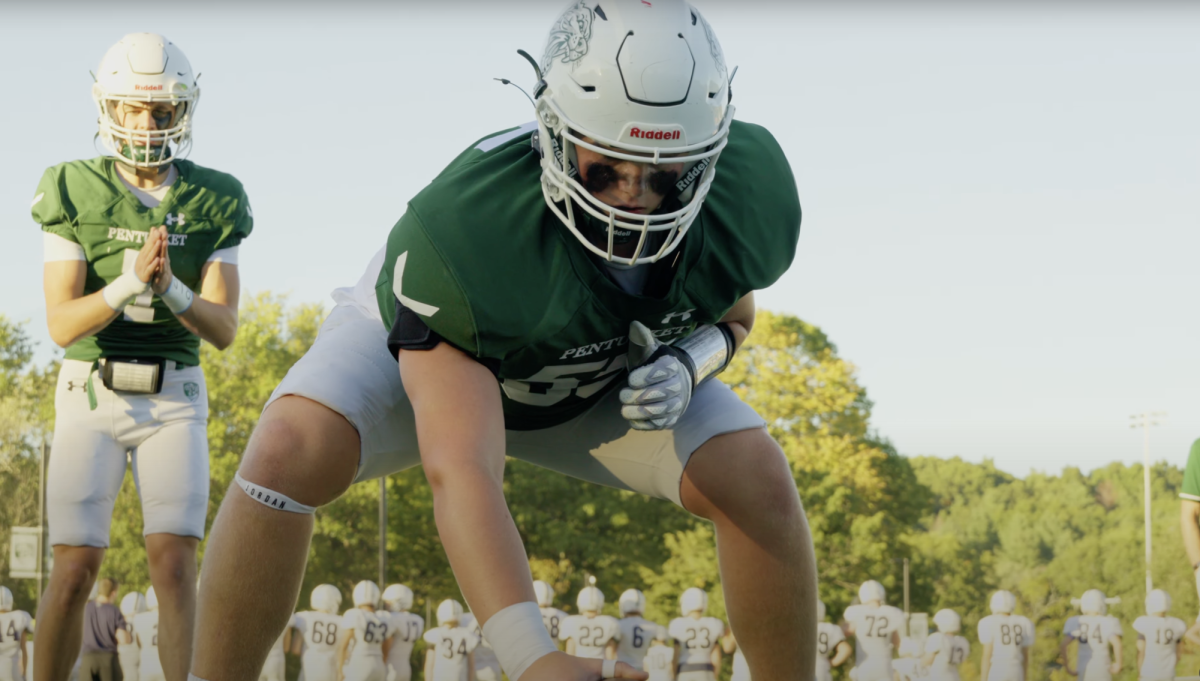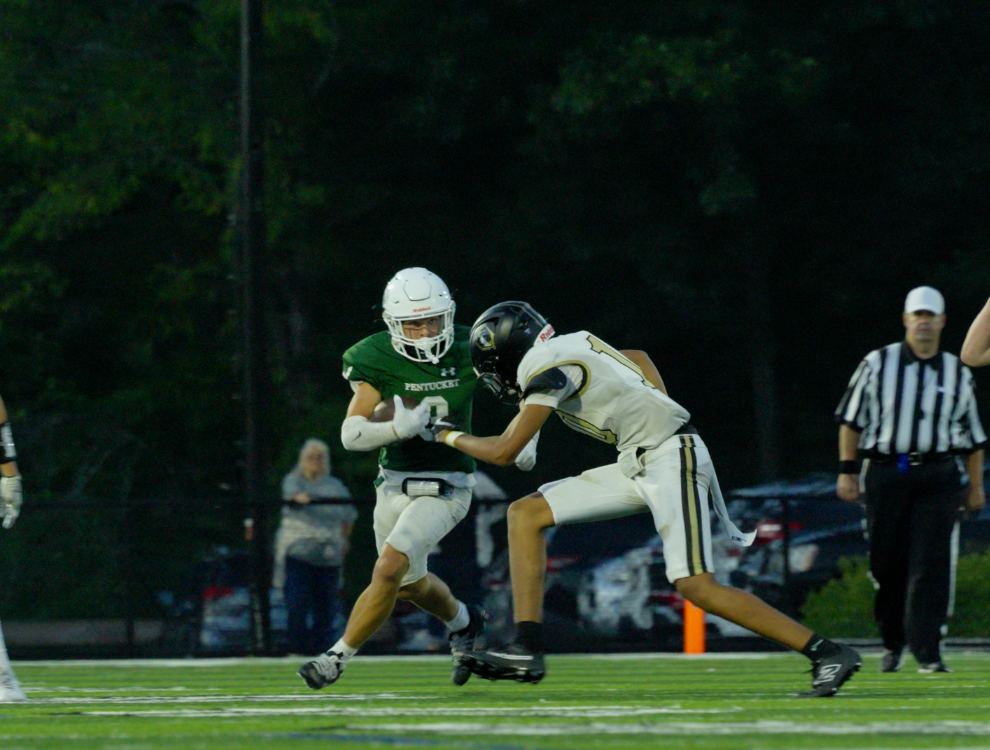How can others influence you? How can you tell if you’re being influenced? Is it always a bad thing?
Pressure can be hard to fight against. Someone might do something that they normally wouldn’t just because other people are doing it. The pressure to fit in takes over.. Peer pressure can manipulate someone into doing something relatively harmless and in some cases things that are severely consequential.
What are the negative effects of peer pressure?
Peers can pressure others in a negative way such as encouraging people to skip class, steal, cheat, utilize drugs or alcohol, and get involved in dangerous or risky activities. Kids often give into peer pressure because they want to fit in. They want to be liked by a certain group and are worried that they will be left out or made fun of if they don’t go along.
One of the most famous experiments on peer pressure was called the Stanford Prison Experiment. This study consisted of college students who simulated a prison environment where they were split into guards and prisoners. After only two days in the simulation, the “prisoners” issued a rebellion.
The guards conducted a reward and punishment system to manage the prisoners. Over the course of the experiment, the guards became tyrannical which caused some of the prisoners to fall into a depression and become disoriented. The peer pressure aspect of this was that the actions of some guards pressured other guards to abandon their morals unintentionally.
This displayed a negative effect of peer pressure as the good guards did not object to the cruel actions of the other guards. This was because of the feeling of inferiority because of the social ladder. The guards developed a social system where there were more important people including the chief, who was the most powerful.
One of the guards in the experiment, Dave Eshelman, joined the experiment for some summer work. Before the experiment began, he had already planned to make something happen so that the researchers would have something to work with. He created a persona where he was abusive and wanted to test the guards, often saying, “How far can I push these things and how much abuse will these people take before they say ‘knock it off?’’’ None of the other guards stopped him, they instead joined him and took his lead even when he escalated. This shows that the action of another can influence a crowd into doing the things they do.
What are the positive effects of peer pressure?
Peer pressure doesn’t always have to be negative.
Laurence Steinberg of Temple University conducted a study that involved an online card game. The goal was to find out how being surrounded by friends or peers affects the way young people gather information.
The study showed that younger people under the eyes of others engaged in greater exploratory behavior, learned faster from both positive and negative outcomes, and performed better than the ones who played in isolation.
What are some of the mental effects?
Positive peers can push us to do better and introduce us to new experiences and hobbies. Positive peers can also make us feel loved, respected, and valued which can affect mental health in a positive way.
Some ways to deal with negative peer pressure is to get support. Getting support from someone trusted who will take you seriously is an amazing way to get negative feelings off your chest.
One other way is to just walk away or distance yourself from the situation. This helps because if you walk away, you will no longer be involved with that conflict.
Another way is to use humor to de-escalate a situation. A well timed joke can break a cycle of bad emotions and defensiveness that often drives conflict.
In the end, it is impossible to tell if peer pressure is 100 percent bad or good. This depends on how people perceive pressure because we all live different lives with different experiences that shape the way we view things.

















